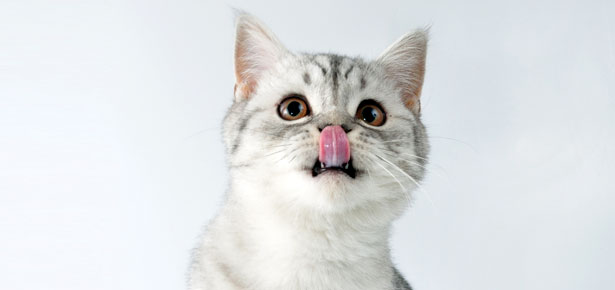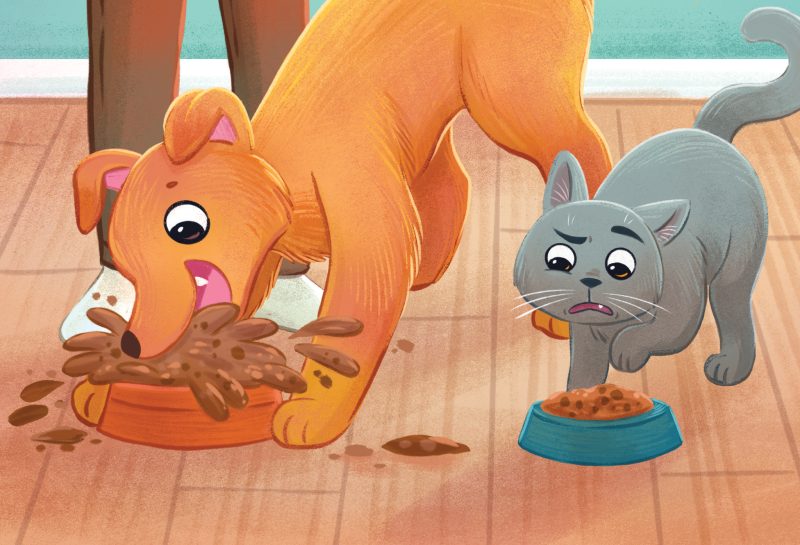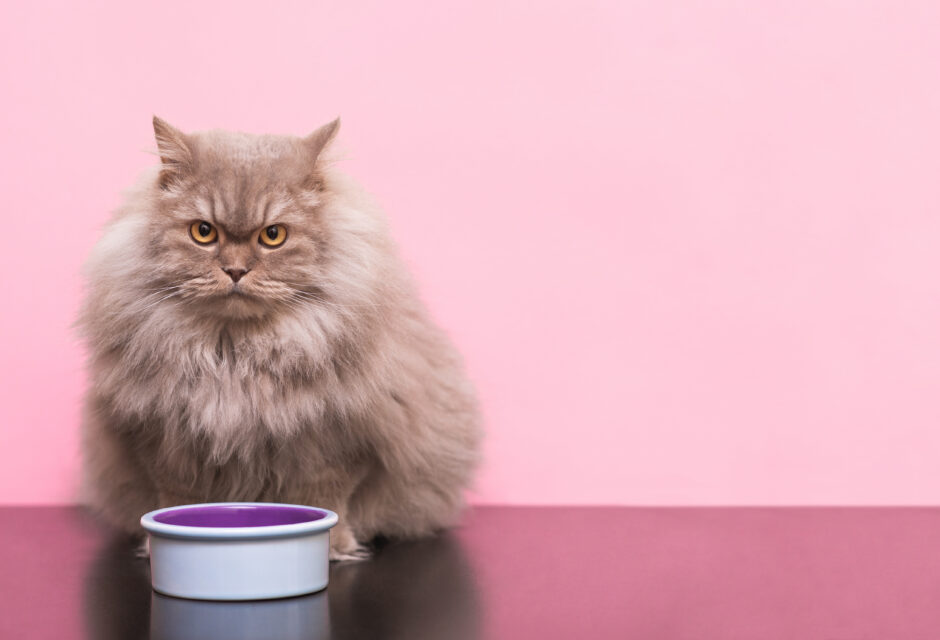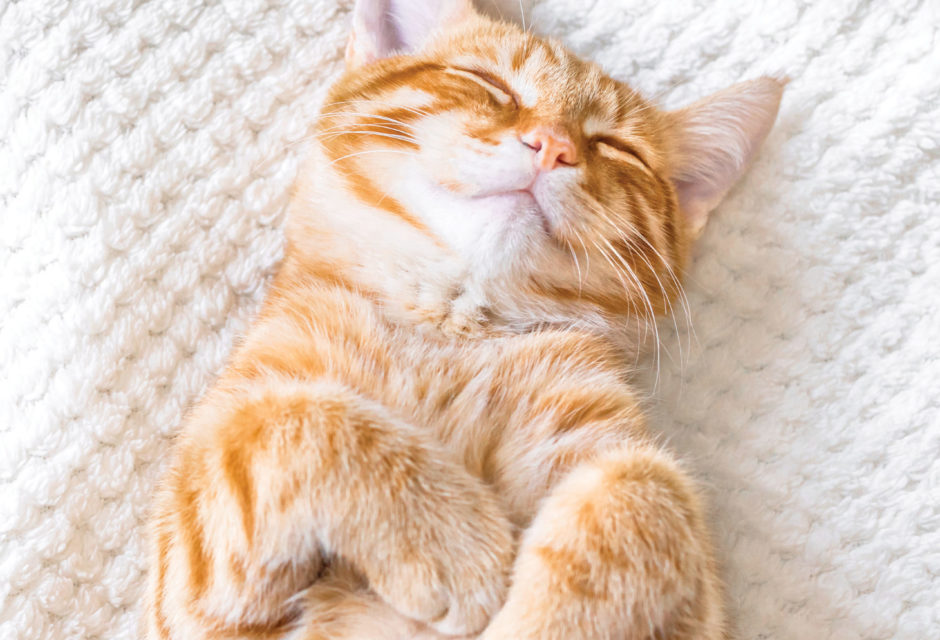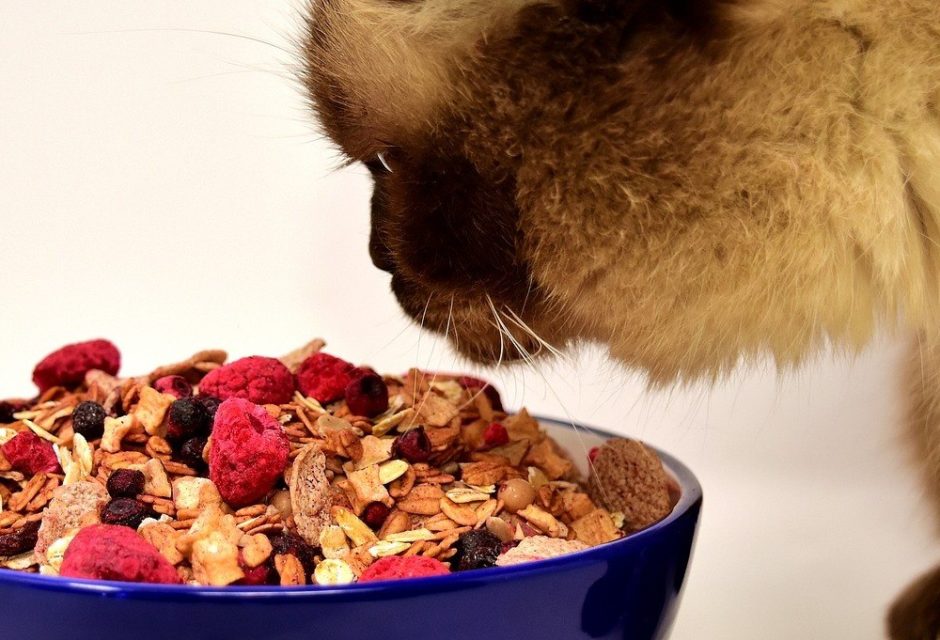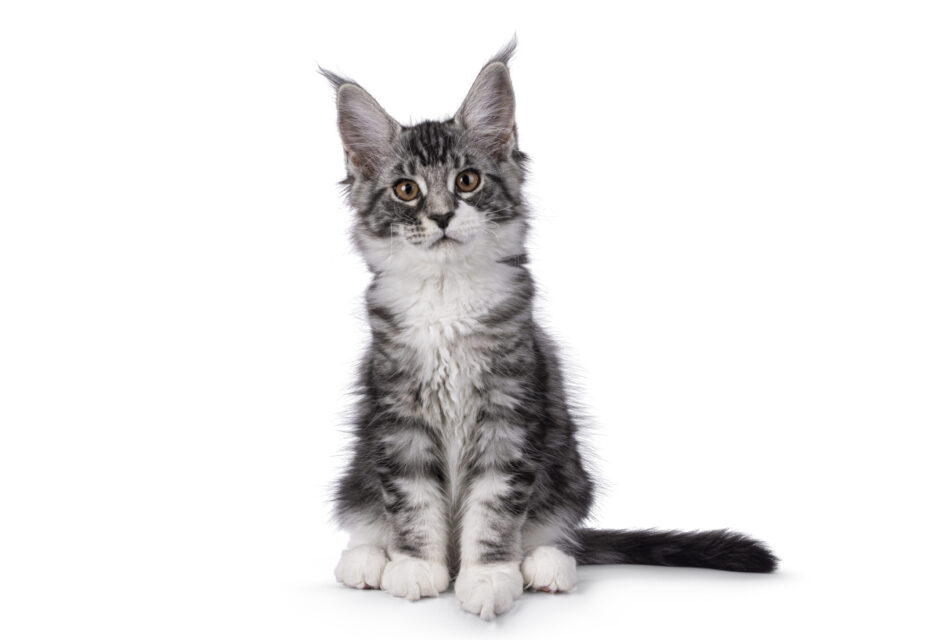

Secrets to Good Feline Health—#5
Seven secrets to choosing the best food for your cat
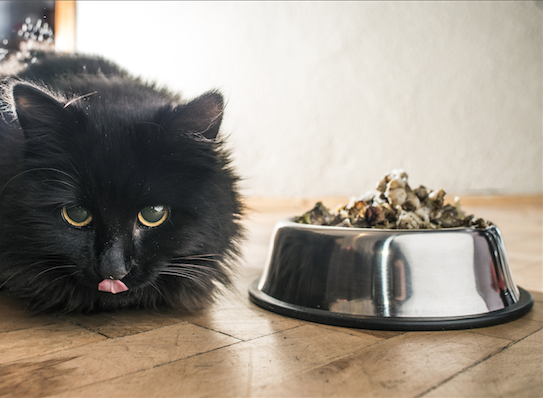
One of the issues highlighted in the media is the use of fillers in cat food. Fillers are defined as ingredients with no nutritional value that are added to some cat foods to lower the caloric content or to make the food cheap to produce. However, some “fillers” actually contribute necessary fiber and, as we all know, you need a little fiber in your diet to keep the tummy happy. Fiber ingredients you may see in the ingredient list include wheat bran, rice hulls, guar gum, yucca, cellulose, psyllium hulls, whole flax seed, whole canola seed, and soybean hulls. In general, as long as the fiber amount doesn’t exceed 5 percent, it hasn’t crossed the line from necessary roughage to filler. Of course, there are exceptions to this rule; higher amounts of fiber can be beneficial in weight loss or diabetic diets. Cheap food tends to have more fiber and lower quality protein sources. If you are paying $20 for a 40 pound bag of food you may want to ask yourself why it’s so cheap. Look to see if the food has a lower quality meat source and then a bunch of lower quality grains like middlings or bran to bulk it up and provide calories. If this is the case then this food is not the best choice for your cat. Also, excessive plant protein is added in low quality cat food to replace more expensive and better animal-based proteins. Remember if gluten (ie corn gluten) is higher on the ingredient list than meat meal (ie chicken meal) it is not the best choice for your cat.
So who should be eating diets with fiber in them? All cat foods should contain a little fiber since all cats need to eat a little fiber to help keep their gastrointestinal tract functioning properly. Typical dry foods contain between one and five percent fiber. If a food contains more than 5 percent fibre, take a closer look at the label or talk to your vet to see if there’s a good reason why, such as weight loss or hair ball issues.
Higher fiber levels are beneficial for cats that need to lose weight because it helps keep them feeling full longer. Weight-loss foods may have up to ten percent fiber. This fiber lowers the calorie content of the food so you can continue to feed the same amount while feeding fewer calories. Some foods that are formulated for cats prone to hairballs will also contain higher amounts of fibre, along with higher fats. Cats spend large portions of their day grooming, and much of this hair is swallowed. The increased fibre in the food, often in the form of psyllium fibre, helps to provide enough bulk in the diet to move the excess hair through your cat’s system without causing hairballs.
Join the newsletter and never miss out on cat content again!
"*" indicates required fields
By clicking the arrow, you agree to our web Terms of Use and Privacy & Cookie Policy. Easy unsubscribe links are provided in every email.





